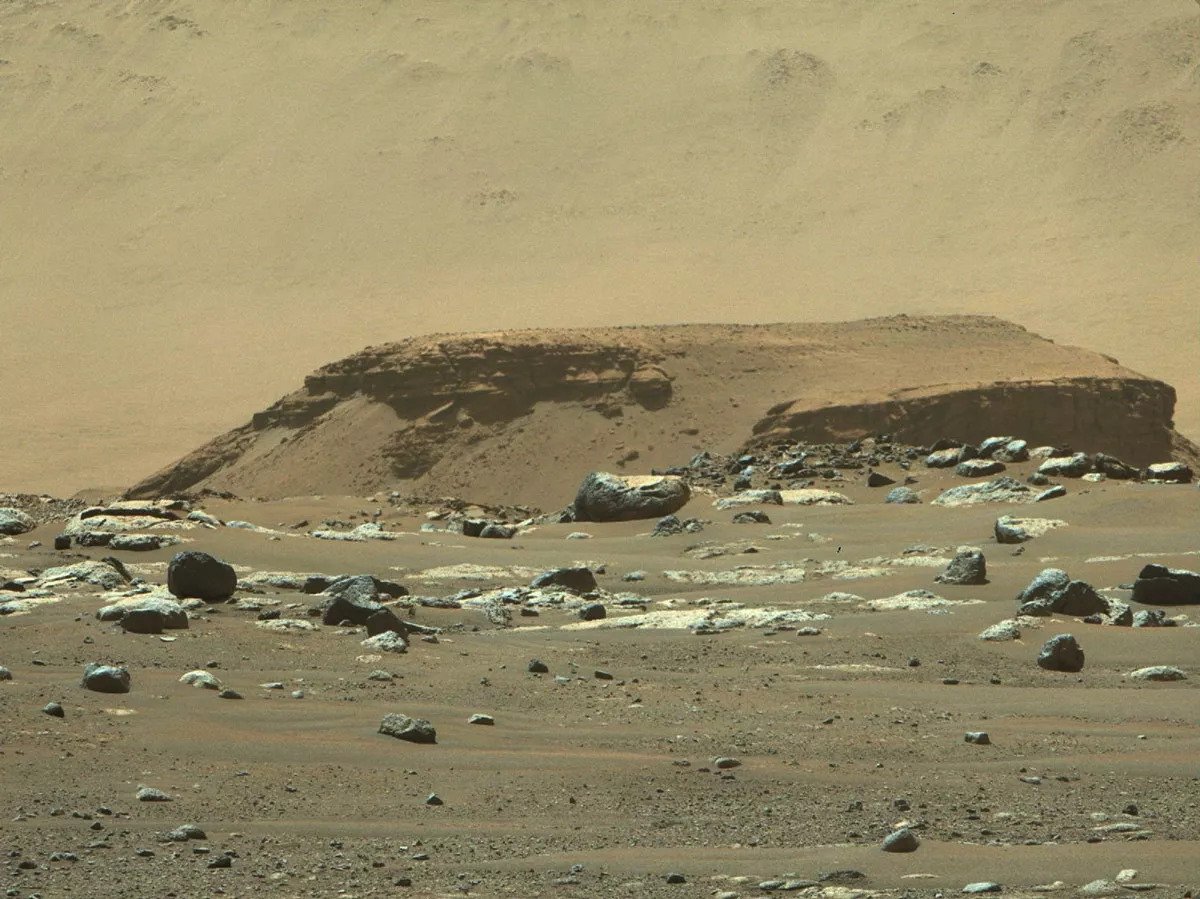Scientists are using artificial intelligence to find places on Mars where life is possible. Now they are teaching it to do this in pictures of terrestrial landscapes where life survives in extreme conditions.

Search for life on Mars
Representatives of different sciences working together at the SETI Institute have jointly developed artificial intelligence that will help find life on Mars and other planets. It will analyze surface images taken from orbiters and will look for places where finding evidence of the existence of biological beings is most likely.
Drawing up such probability maps of biosignatures based on external signs will allow us to determine in advance where future automated missions should be sent so that they do not return empty-handed. After all, each of them can cost hundreds of millions of dollars.
According to the developers, artificial intelligence is able to reduce the potential search area by 97 percent. And it does this with a reliability of 87.5 percent, while a random selection of a place manually gives only 10 percent.
How was artificial intelligence trained?
Artificial intelligence for searching for signs of life on other planets is based on the technology of convolutional neural networks, which are one of the classes of technical solutions in the practice of deep learning. So that it might find interesting places on the surface of Mars from a biological point of view, scientists first taught it on photographs of the Earth’s surface.
Originally it was the Salar de Pajonales salt flat in the Atacama Desert in South America. By means of the drone, the team has obtained 8000 images of its surface, which show places where rare living forms leave obvious traces of their presence. These are mainly single-celled photosynthetic organisms that stain rocks and soil.
Now, after the neural network has learned to look for places in the desert, scientists plan to additionally train it on other terrestrial landscapes that somehow resemble Mars. These will be hot springs, permafrost-covered soil and rocks in dry valleys. And only after that, scientists plan to send their system to search on the red planet.
According to www.space.com
Follow us on Twitter to get the most interesting space news in time
https://twitter.com/ust_magazine

